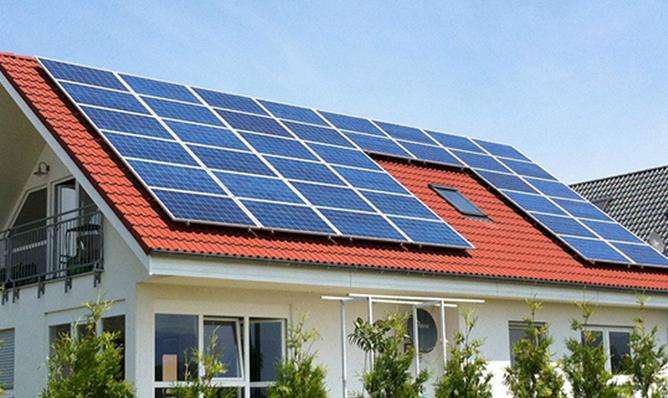The basic structure of a diesel generator is composed of a diesel engine and a generator. The diesel engine drives the generator to produce electricity.
Basic working principle:
The diesel engine drives the operation of the generator, which is fundamental. Convert diesel energy into electric energy. In the cylinder of the diesel engine, the clean air filtered by the air filter is fully mixed with the high pressure atomized diesel injected by the injector, under the upward pressure of the piston, the volume decreases and the temperature rises rapidly, reaching the ignition point. diesel. The diesel ignites, the gas mixture burns violently, and the volume increases rapidly, pushing the piston down, which is called work. Each cylinder performs work in a certain order, and the thrust acting on the piston becomes a force that causes the crankshaft to rotate through the connecting rod, thus causingi the rotation of the crankshaft. By installing the brushless synchronous alternator coaxially to the diesel engine crankshaft, the rotation of the diesel engine can be used to drive the generator rotor. Using the principle of electromagnetic induction, the generator will produce induced electromotive force and current. can be generated via the closed charging loop.
Illustration of the principle of operation of the generator
#diesel generator#diesel engine#generator#cylinder#piston#cylinder head#intake door# Exhaust valve#Piston pin#Connecting rod#Crankshaft#Bearing#Flywheel#Four-stroke#Basic operating principle#Air filter#Injector#Fuel#Combustion chamber#Power stroke#Exhaust stroke#Rotation of the engine crankshaft< /p>
1. Principle of Diesel Generator: Diesel engine drives the generator to operate and convert diesel energy into electrical energy.
In the cylinder of the moteIn diesel fuel, the clean air filtered by the air filter is fully mixed with the high pressure atomized diesel fuel injected by the injector. Under the upward pressure of the piston, the volume decreases and the volume decreases. the temperature rises rapidly, reaching the ignition point of diesel. Diesel ignites, the gas mixture burns violently, rapidly expands in volume and pushes the piston down, which is called "work".
2. Gasoline Generator: The gasoline engine runs the generator, converting gasoline energy into electrical energy.
In the cylinder of the gasoline engine, the mixed gas burns violently, expands rapidly in volume, and pushes the piston down to do work. Whether it is a diesel generator or a gasoline generator, each cylinder performs work in a certain order. The thrust acting on the piston becomes the force that causes the crankshaft to rotate throughthe connecting rod, thus causing the rotation of the crankshaft.
Detailed information:
1. Functional Characteristics of DC Generator
< p>DC generators are easy to use and reliable, and can directly supply electrical power to various electrical equipment requiring DC power. However, there is a collector inside the DC generator, which is prone to sparking and has low power generation efficiency. DC generators can generally be used as DC power sources required for DC motors, electrolysis, electroplating, alternator charging and excitation, etc.2. Functional Characteristics of Alternator
A current generator refers to a generator that generates alternating current under the action of an external mechanical force. This type of generator can be divided into synchronous alternator and async alternatorhrone.
Synchronous generators are the most common among alternators. This type of generator is excited by direct current and can provide both active and reactive power. It can be used to power various loads requiring alternative power. is powered. Additionally, synchronous generators can be divided into four types according to the different engines used: steam turbine generators, hydraulic generators, diesel generators and wind generators.
Reference documents:
Baidu Encyclopedia-Generator













